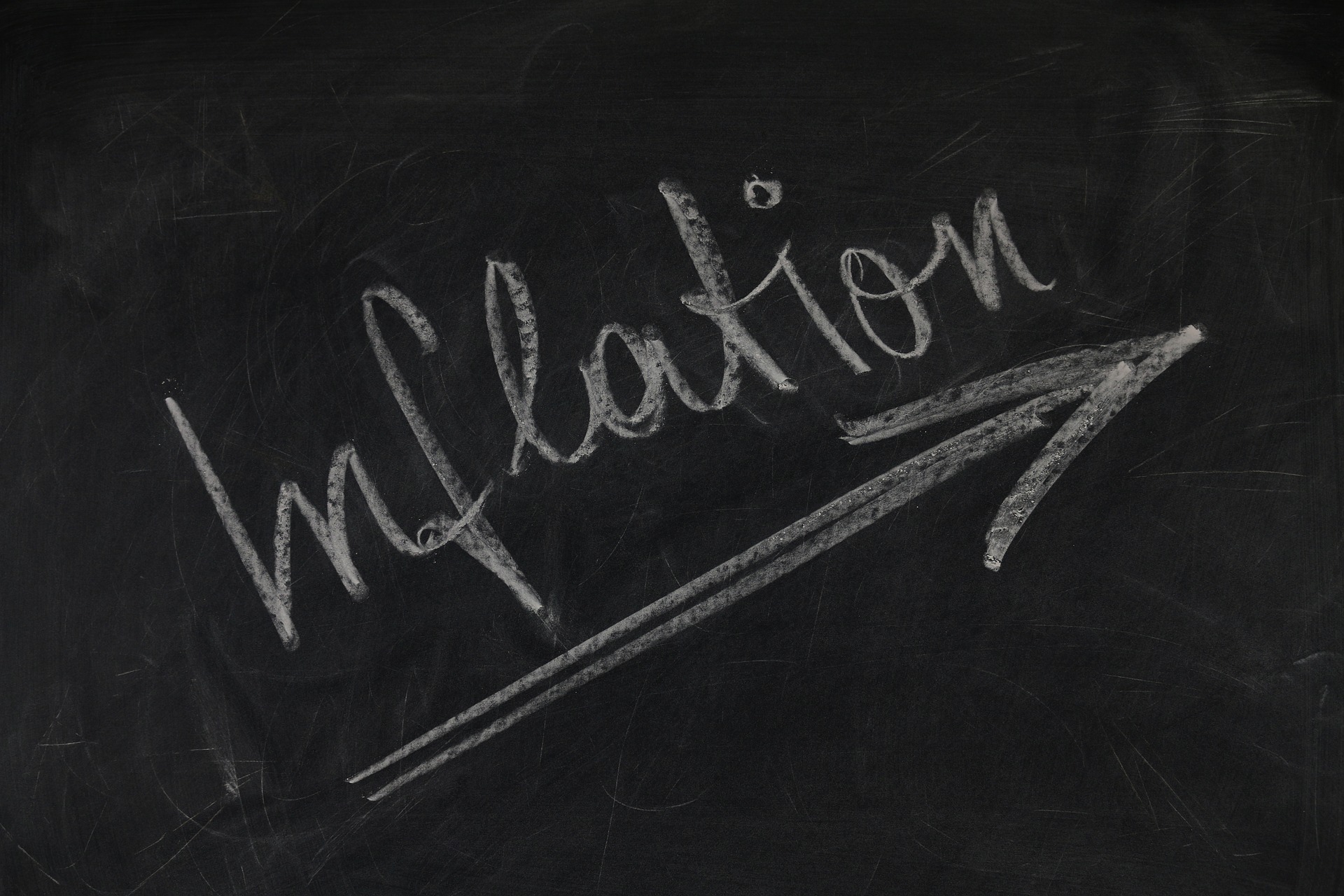Expectations – Friend or Foe?
On Friday, headlines proclaimed economists were “shocked” by the May jobs report that showed 69,000 jobs were added, compared to the 150,000 that were predicted. This news led to a major sell off on Wall Street, with the Dow Jones Industrial Average losing 275 points. Is such a reaction due to the failure to meet economic projections, or simply the reality of the jobs situation?
Look Around
We wonder how anyone can really be “shocked” that the jobs report came in low. April’s job report had been lower than expected (and was revised even lower on Friday). Fewer jobs have been added each month since January. Problems in Europe persist. Factory orders declined in both March and April. All this, and economists can still be shocked by a poor jobs report?
These economic projections, inaccurate as they are, serve only to “see-saw” sentiment, creating volatility and an investor “bunker” mentality. J.P. Morgan strategists recently revised their forecast for Ten Year Treasury yields from 2.5% (their forecast from early April) to 1.4% (Friday’s forecast). Such a change is less of a revision and more of a cross-out and start over. Small wonder investors are fleeing to money market instruments. They may not earn much, but at least they keep their investment.
The Demand for a Reaction
Along with the dismal jobs report and the subsequent sell off in the market comes the inevitable plea for the Federal Reserve to do something to fix the economy.
The Fed went through Quantitative Easing round two (or QEII) in an effort to keep long term rates low and money available. Another round of easing would simply be Fed posturing and would do little to increase consumer confidence.
Rates don’t need to go lower – money needs to be spent. With all the stimulus and easing that’s happened, it’s clear that the money is out there, it’s simply not changing hands. Increased government spending is a very hot potato. In the end, it will fall to the consumers to reanimate the money movement.
What it all Means
Friday’s market plunge serves to illustrate our position on the economic recovery. We expect numbers to continue to be up and down, and the recovery to continue to struggle. The Fed Funds rate will likely stay near zero into 2015. Any improvements to the economy will not come easily.
Our best investment option remains inverse floating rate CMOs, as stocks have proven quite risky (the S&P 500 has lost 9.9% since April 2), and all other bond options have yields under 3%. Though the economic outlook is still bleak, the assurance that rates will remain low for several years helps to open up our investing time line.
This information is not intended to be used as the only basis for investment decisions, nor should it be construed as advice designed to meet your particular needs. You are advised to seek the advice of your financial adviser, legal or tax professional, prior to making any investment decision based on any specific information contained herein.





